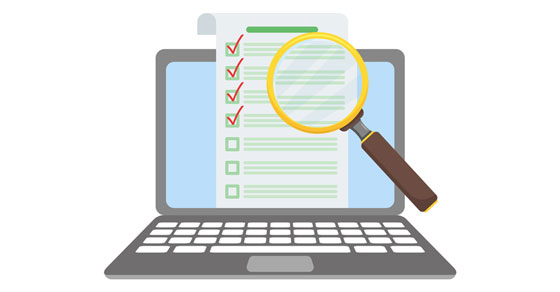
Businesses may receive notices about information returns that don’t match IRS records
May 26, 2022
Inflation Matters: How to Respond to the Inflation Tax
May 31, 2022

Take Advantage of Lower Tax Rates on Investment Income
Income from an investment held for more than one year is generally taxed at preferential capital gains rates. Those rates are 0%, 15%, and 20% for most investments. [Higher-income individuals may be subject to an additional 3.8% Net Investment Income Tax (NIIT).] The rate that applies is determined by your taxable income. For example, the 0% rate applies if your 2022 taxable income doesn’t exceed $83,350 (for joint filers), $55,800 (for heads of household), or $41,675 (for other individuals). The 20% rate doesn’t kick in until your taxable income exceeds $517,200 (for joint filers), $488,500 (for heads of household), $258,600 (for married filing separately), or $459,750 (for other individuals).
If your taxable income hovers around these threshold amounts, there are ways to reduce your income to take advantage of a lower capital gains rate. For example, you could make deductible IRA contributions or reduce taxable wages by deferring bonuses or contributing to employer retirement plans. If you’re over the age of 70½, making contributions to a qualified charity with a direct distribution from your IRA also is a good way to lower income. If you own a business and use the cash method of accounting, you can wait until the end of the year to send out some client invoices. That way, you won’t receive payments until early 2023. Also, you can postpone taxable income by accelerating some deductible expenses this year. If possible, you should get your income low enough to qualify for the 0% rate. But, if you are subject to a higher tax rate next year, strategies that defer tax, like delaying billing, can push income into a higher bracket. Hopefully, we will know more before year end.
If your income is too high to benefit from the 0% rate, consider gifting investments (like appreciated stock or mutual fund shares) to children, grandchildren, or other loved ones. If these individuals will be in the 0% or 15% capital gains tax bracket when they later sell the investments, any gain will be taxed at the lower rates, as long as you and your loved one owned the investments for more than one year. This strategy has two risks, however. First, there are gift tax consequences if you transfer assets worth over $16,000 during 2022 to a single recipient ($32,000 if married and each spouse makes an equitable gift). Second, all children under age 18 and most children age 18 or age 19–23 who are full-time students are subject to the “Kiddie Tax” rules. Kiddie Tax rates are tied to the parent’s tax bracket. The Kiddie Tax limits the opportunity for parents to take advantage of the 0% capital gains rate by gifting appreciated property to their children, including college age children.




